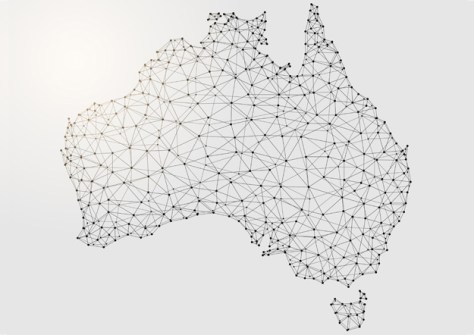
By Jonathan Nally
The federal government has updated the list of critical technologies that it says are vital for securing Australia’s future prosperity and security.
The List of Critical Technologies covers seven fields of technology, included amongst which are satellite, positioning and timing technologies.
Other technologies covered include AI, quantum, autonomous systems, clean energy and advanced manufacturing.
“This List of Critical Technologies builds on the Government’s commitment to expand the number of next generation businesses working at the forefront of our changing economy,” said Ed Husic, Minister for Industry and Science.
“The Government is also targeting $1 billion of investment in critical technologies through the National Reconstruction Fund, which will further bolster Australia’s industry and economy.”
The List’s ‘Autonomous systems, robotics, positioning, timing and sensing’ theme specifically calls out the “satellites and systems that precisely measure position, navigation or timing data”.
The List recognises that satellite and PNT systems are needed for:
- Faster and more accurate surveying and mapping from the air and space
- More reliable and accurate navigation in sectors such as agriculture, aviation, construction, transport, and mining and resources
- Safer airline and maritime navigation
- Navigating without GPS
- Improving public safety
- Improving workforce safety and efficiency
- Reliable, efficient transport and logistics for land, sea, air and space
- Autonomous military applications
- Improved animal welfare management.
According to data cited by the Government, “Research into these technologies has been growing over the past 10 years, peaking in 2019 with almost 120,000 research publications published around the world”. That data shows a slow decline in 2020 and 2021.
The data also show that the US and China lead in the number of research papers published, with China well out in front.
The List specifically mentions the role played in Australia by PNT services, in sectors and applications such as:
- Monitoring essential services such as electricity supply and transportation
- Telecommunications
- Providing accurate timestamps for financial transactions
- Synchronising computer networks
The List also makes mention that Australia’s “Earth observation systems and satellites are expected to contribute $1.7 billion to the economy by 2025. We have a strong satellite communications industry that is starting to embrace optical systems.”
It goes on to say that “Australia is also an ideal place for position, navigation and timing technology infrastructure because we:
- Have low noise and light interference
- Are well positioned to host ground stations that link earth and space.”
However, the associated Critical Technologies Statement also cites a number of areas of risk, specifically that:
- Many other countries are competing with Australia to develop and use critical technologies. This could create challenges for our national security and supply chains.
- If a critical technology becomes compromised, it could have significant security implications. People or groups could steal information about our critical technologies or use them in a way that harms Australia.
- Using more critical technologies could increase our risk of cyber attacks.
- Industries that rely on a critical technology could be seriously disrupted if there are problems with the technology or its supply.
The Statement says that the government will “take advantage of the opportunities of critical technologies, and manage the risks” by:
- Carefully considering any impacts on Australia’s national interest
- Encouraging uptake across the economy
- Helping universities and businesses keep doing world-class research and development
- Encouraging local and international investment
- Working with other nations to develop technologies, protect supply chains and agree on technology standards
- Balancing Australia’s economic prosperity, national security and social cohesion when making decisions about critical technologies.












